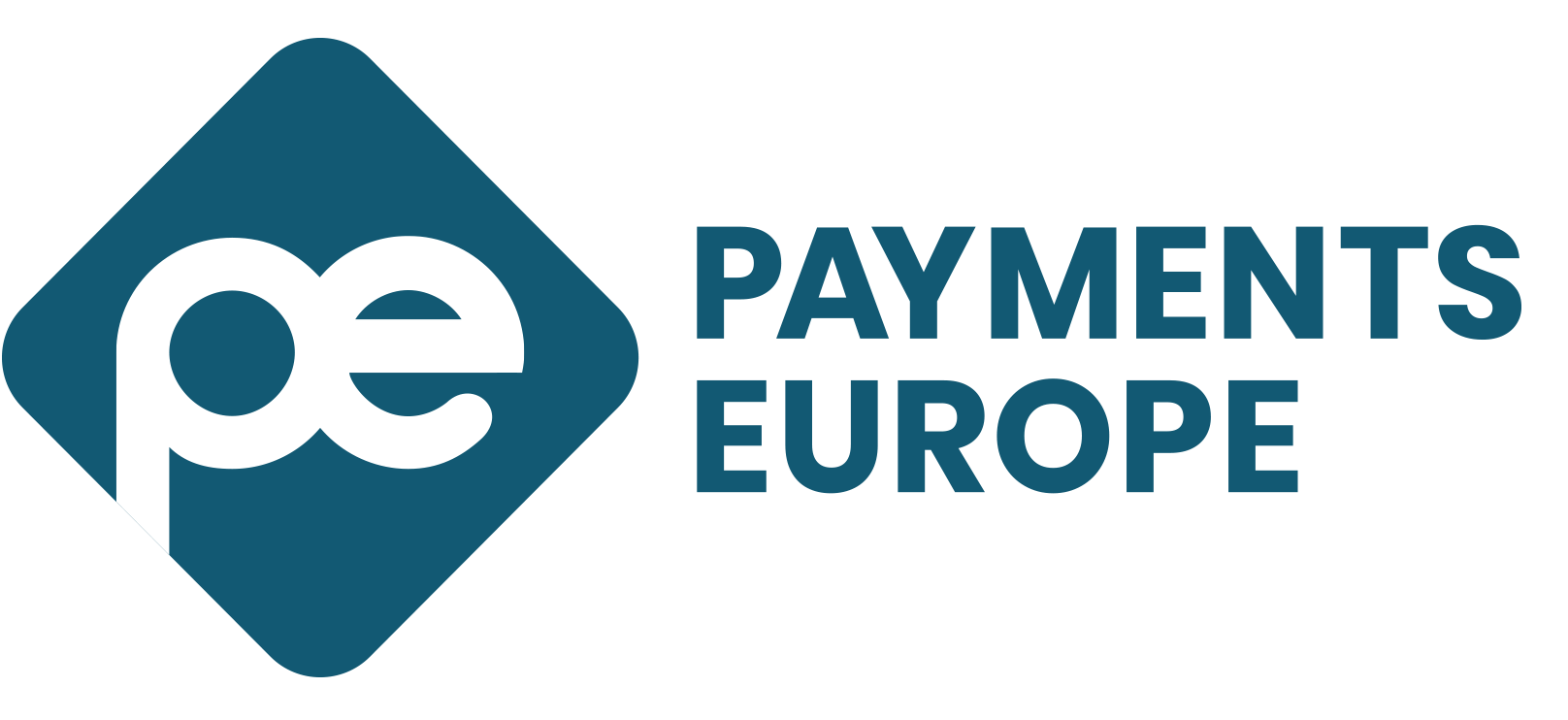One year ago, Payments Europe announced its launch at its inaugural event in Brussels. Since then, payments have firmly placed themselves at the very forefront of the EU’s strategic agenda. In line with this, we are seeing more and more discussion around payments policy and policymakers’ focus on the payments industry has increased substantially.
The latest proof of the European Commission’s growing interest in the sector comes from European Commissioner for financial services Mairead McGuinness’ intervention at the ‘Future of Payments in Europe’ conference where she stated that “the payments sector finds itself at the heart of transformations in our society and our economy” – we could not agree more.
As the payments sector continues to evolve, a key priority for Payments Europe is to promote competition between different payments methods and to make consumers and policymakers aware of the features and benefits associated with different methods of payments.
Our study, released earlier this year, took stock of which payments methods were preferred by consumers and retailers, both online and in-store. While both groups acknowledged that they had access to a broad range of different payments methods (such as cash, instant and mobile payments) – card payments were valued the highest in terms of their security, ease of use and low price.
In parallel, and in the context of the COVID-19 crisis, Payments Europe endorsed the push for contactless cards and mobile payments, which had been proven to be of help to limit the spread of the virus. In a public statement, Payments Europe’s Secretary General encouraged governments and regulators to address the lack of acceptance of electronic payments at certain retailers with targeted and timely measures.
And this was just the beginning of Payments Europe’s work in a year that certainly brought about radical changes for the industry: in June, the European Commission published its assessment on the impact of the Interchange Fees Regulation (IFR). The European Commission decided not to review the existing legal framework. Payments Europe welcomes this decision as further regulatory intervention could have a negative impact on the evolution of the market.
A few months later, Payments Europe welcomed the publication of the European Retail Payments Strategy. This was the occasion for us to state, once again, that we believe in a competitive and diverse market, in which businesses can compete fairly. Competition benefits the European economy, strengthens its sovereignty and empowers consumers to choose the payment solution that best fits their needs. All payment solutions should be treated equally, and the level-playing should be maintained.
But this is only the tip of the iceberg. In the past year, Payments Europe contributed to a number of discussions around payments policy such as Strong Customer Authentication, the Network and Information Systems directive and the Digital Operational Resilience Act. In a joint letter with representative bodies of different European payment service providers, we commented on the EDPB Guidelines on the interplay of the Second Payment Services Directive and GDPR.
As 2020 comes to an end, we are happy to look back at the achievements and discussions held over the course of our first year. But more importantly, we look forward to the year ahead, with initiatives such as the review of the PSD2 and potential legislative action around the uptake of instant payments – which is already on the European Commission’s programme – as well as exciting transformations and innovations in the industry.

